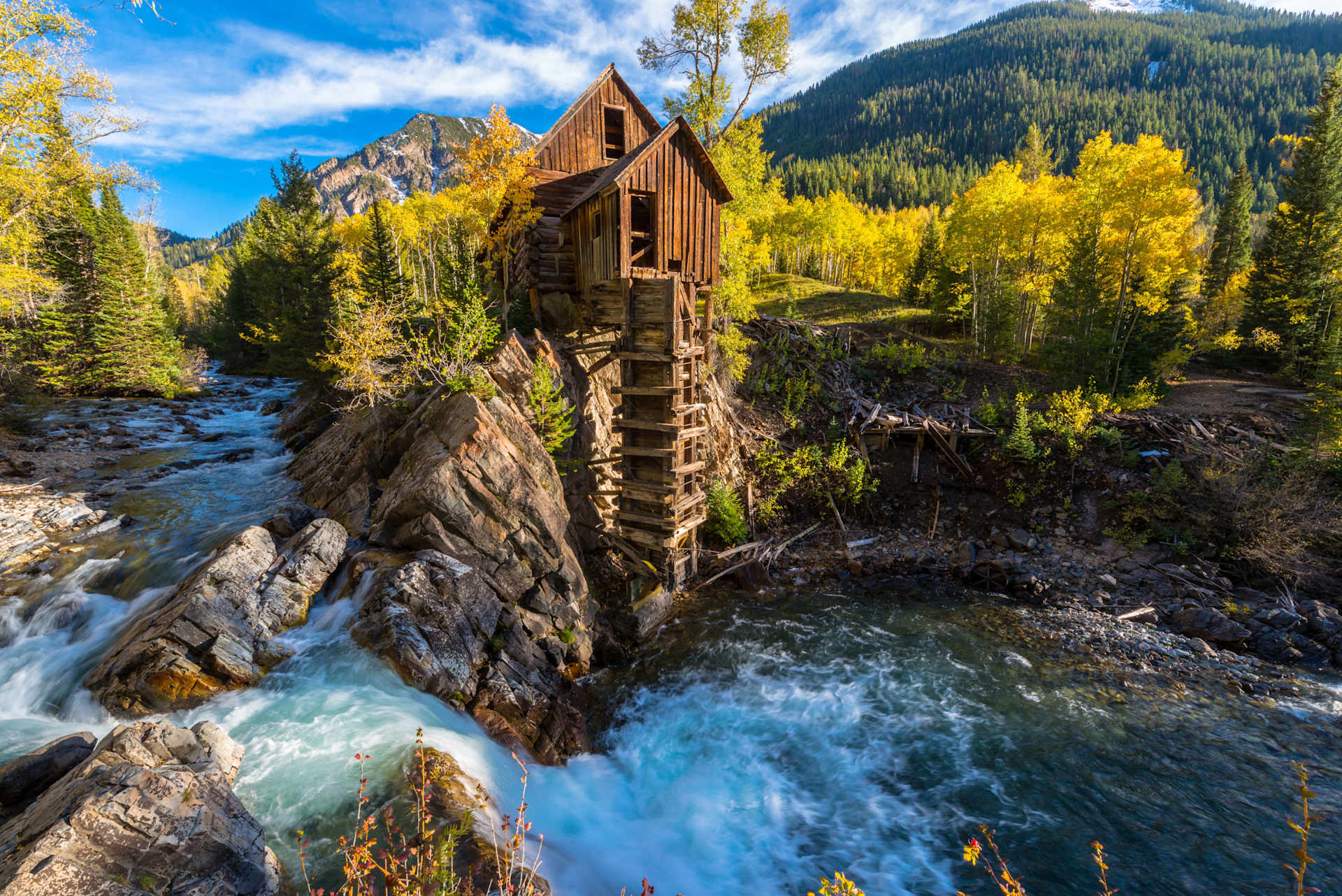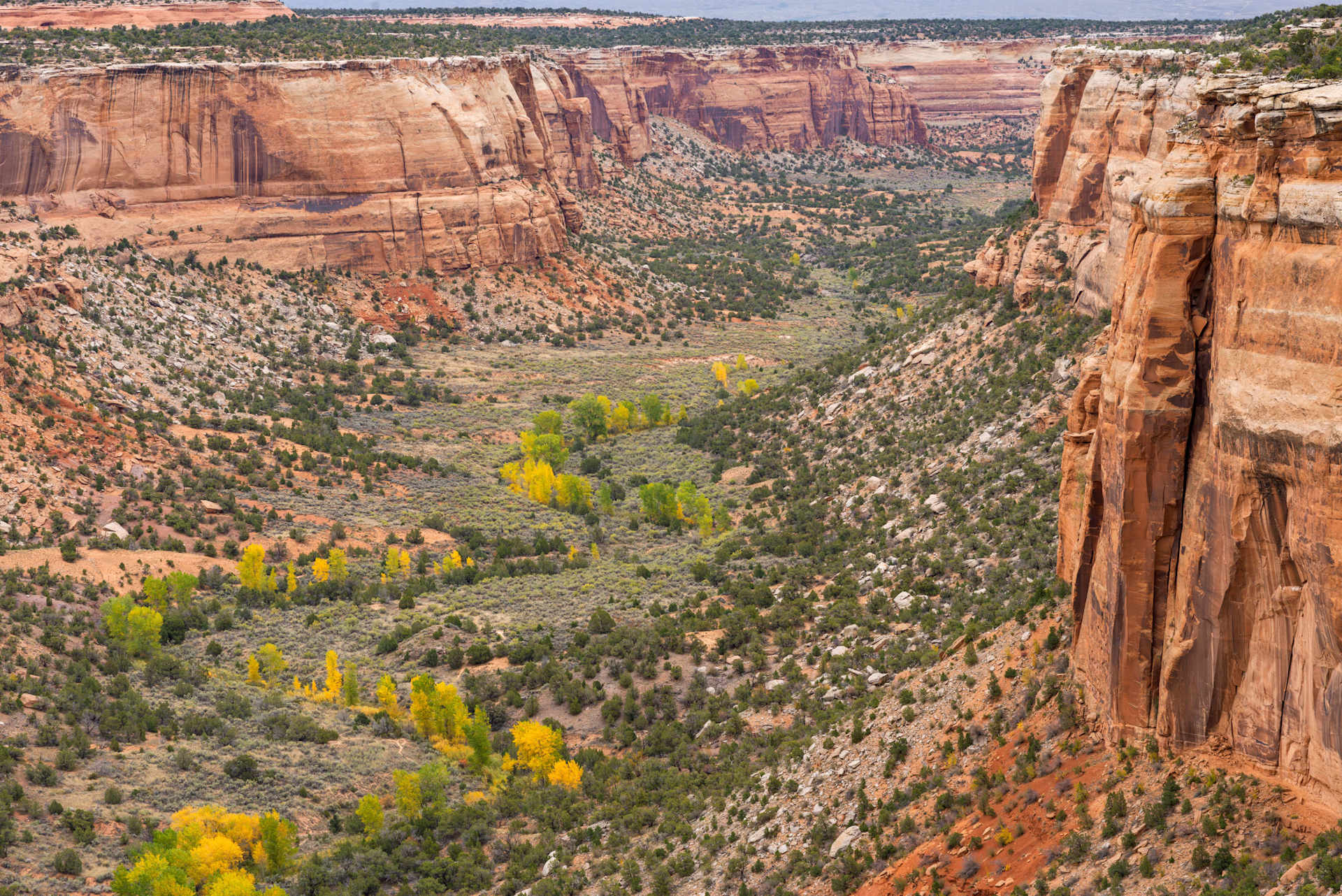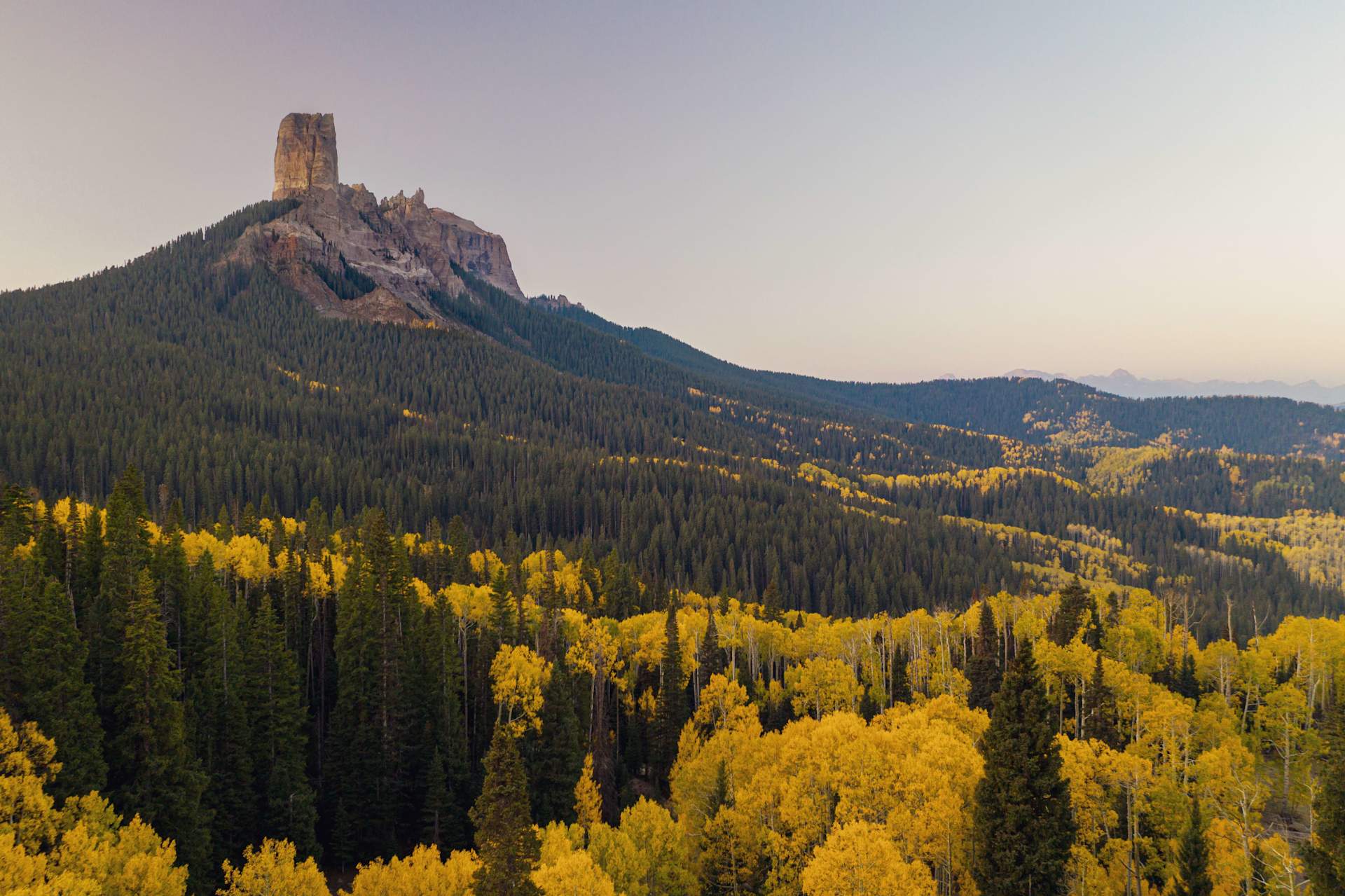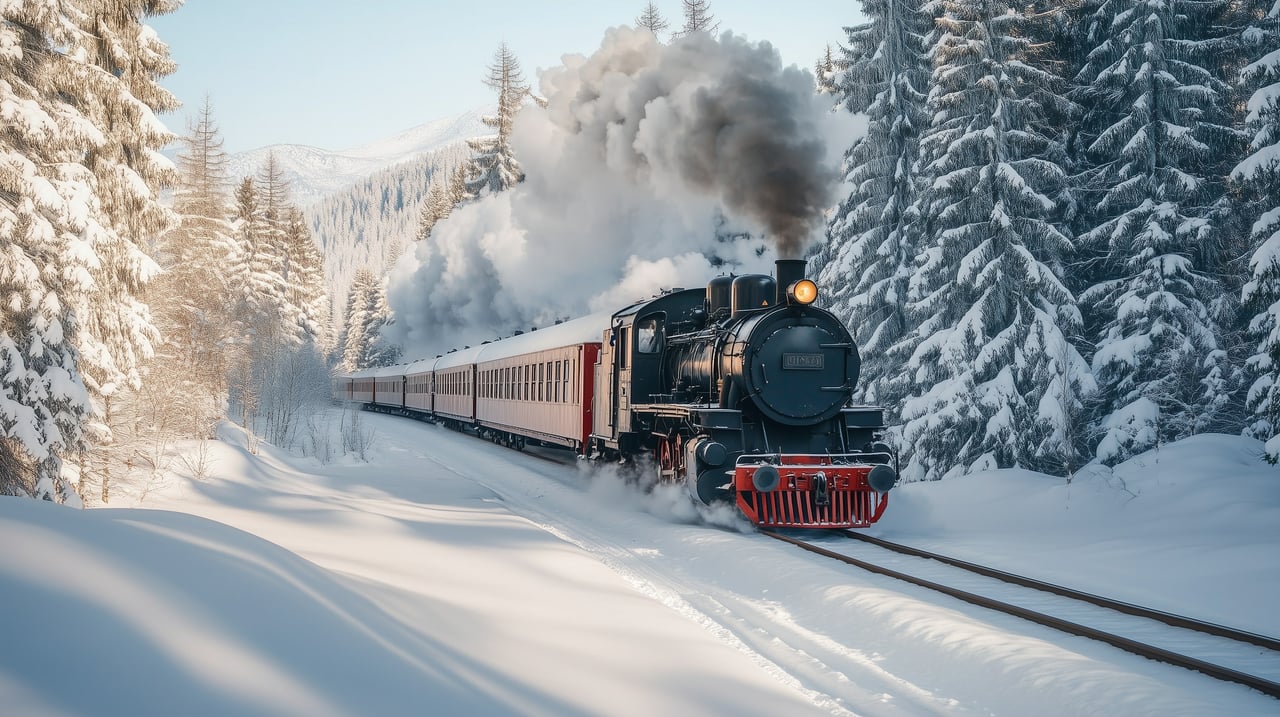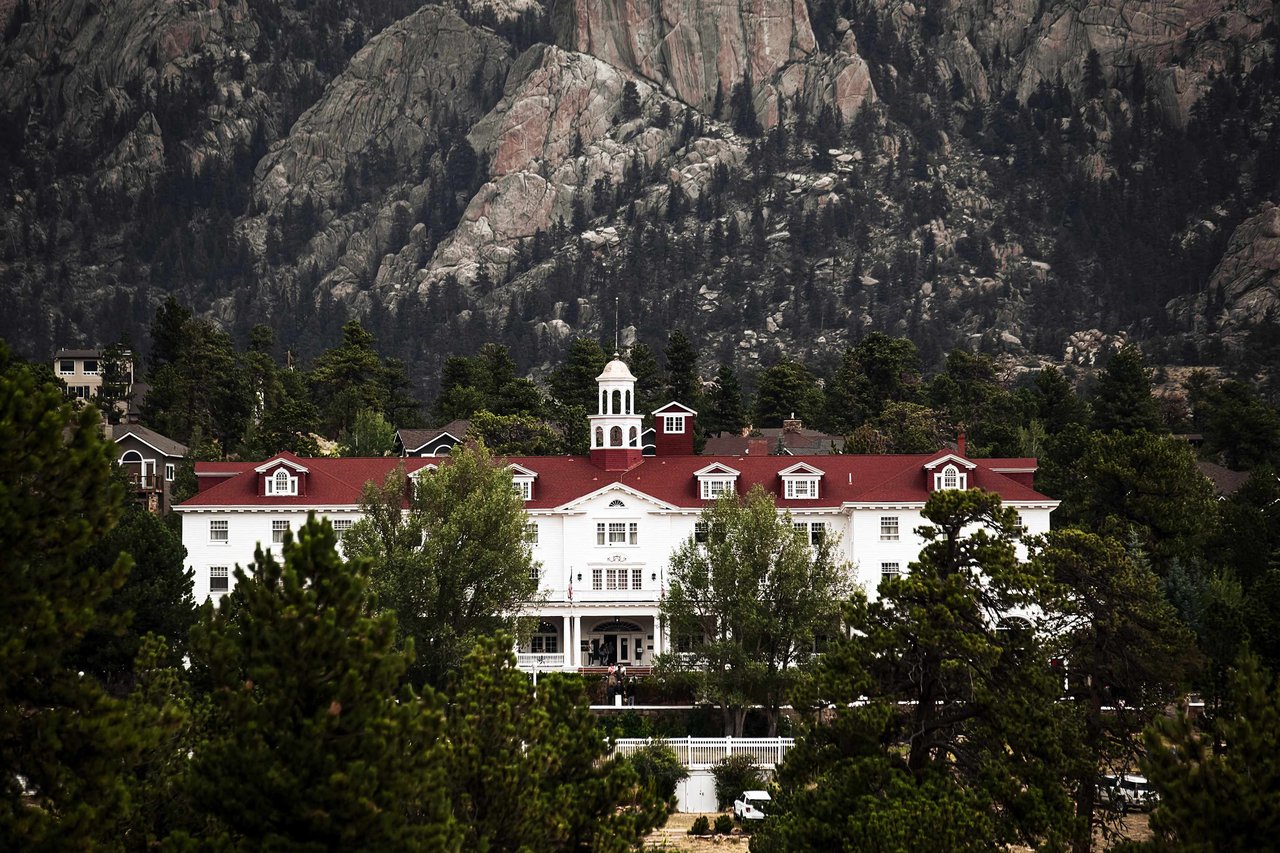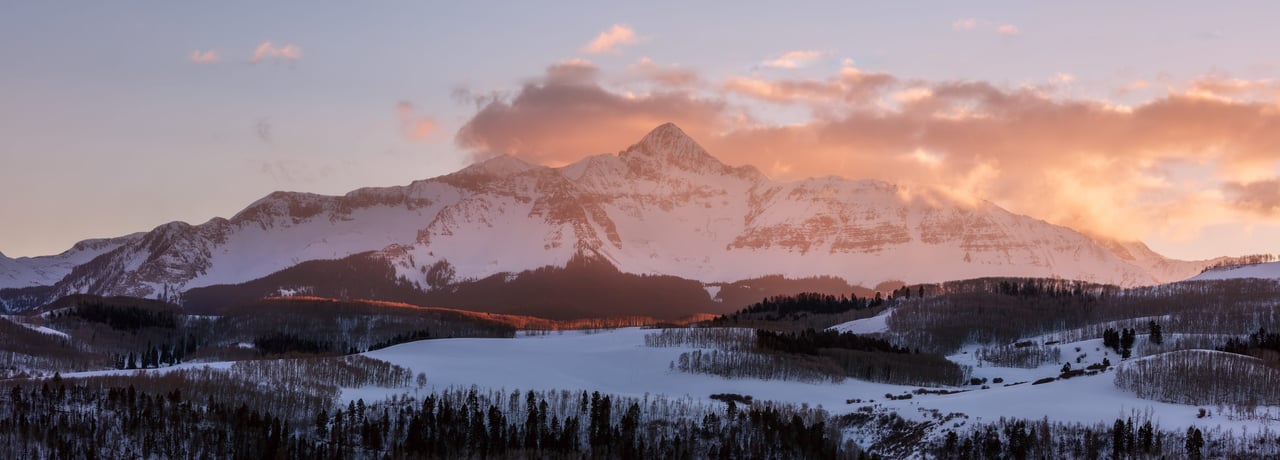As we bid farewell to the warmth of summer and welcome the crisp air of fall, Colorado dons a vibrant coat of red, orange, and gold that transforms the landscape into a breathtaking masterpiece.
Last year, we took you on a journey through some of the most picturesque scenic drives to witness the Colorado aspen trees changing colors. This year, we're back and exploring a selection of lesser-known spectacular and photo worthy road trips where you can immerse yourself in the symphony of fall foliage.
Ohio Pass: Crested Butte
Ohio Pass, located within the Gunnison National Forest, was historically a vital route for miners during the Colorado Gold Rush of the late 1800s. Today, remnants of old mining trails can still be spotted among the aspen groves. The pass sits at an elevation of around 10,000 feet and is impassable from November to May. The pass offers breathtaking vistas of the surrounding peaks and valleys for over 20 miles. Not heavily trafficked by cars (since the popular Kebler Pass is only a few miles away), Ohio Pass is also a popular cycling destination.
Ohio Pass offers numerous hiking trails that wind through aspen groves and offer breathtaking views of the surrounding landscape. Its pristine wilderness and lack of light pollution make it an ideal spot for stargazing, adding another layer of magic to your fall getaway. For an unforgettable experience, consider staying at cozy cabins or lodges in the nearby town of Crested Butte.
La Veta Pass: La Veta
Venture south towards the quaint town of La Veta, where La Veta Pass, along Highway 160, is a gateway to the southern Rockies and unveils a tapestry of autumn hues. This area played a crucial role in the expansion of the Denver & Rio Grande Western Railroad, connecting the mining towns of southern Colorado.
Highway 160, which connects Alamosa to Walsenburg, will surround you in a kaleidoscope of colors stretching as far as the eye can see. The charming town of La Veta is now known for its artists, ranchers, and breathtaking scenery, and during fall, the town's unique blend of architecture becomes even more picturesque when framed by vibrant fall colors. Don't miss the historic Francisco Fort Museum, which offers a glimpse into the region's past.
West Elk Loop Scenic Byway: Southwestern Colorado
The West Elk Loop Scenic Byway creates a lasso around some of the most stunning mountain views in southwestern Colorado. Starting at Carbondale and ending NW of Kebler Pass, the 205-mile route takes approximately 7-8 hours and travels through Paonia, Hotchkiss, Crawford, Gunnison, and Crested Butte. This route combines stunning fall foliage with unique attractions, like the Black Canyon of the Gunnison National Park, Blue Mesa Reservoir, Redstone Castle, and the Crystal Mill, a National Historic Landmark and one of the most photographed sites in the state.
The West Elk Mountains are home to an abundance of wildlife including one of Colorado's largest elk herds, making it a prime destination for wildlife enthusiasts. The road is open all year except for a 31-mile section over Kebler Pass, which is closed in the winter. While you can certainly enjoy the drive in one day, we recommend taking your time to explore the many incredible destinations along the way.
Dallas Divide: Ridgeway
Named after the nearby mountain peak, Dallas Divide (State Highway 62) offers an iconic Colorado landscape that has been captured in countless photographs. The divide was a vital route for Native American tribes and early settlers, and its rich history is reflected in the stunning surroundings. The area is part of the Uncompahgre National Forest, where you can find the Last Dollar Road, a rugged backcountry route that leads through open meadows and aspen groves. The pass is 23 miles long and runs through Placerville to Ridgeway.
While not necessarily a hidden gem (the Dallas Divide is one of the premier fall photographing locations in the state), there are many lesser-traveled dirt roads that offer spectacular views, hiking, biking, and horseback riding. Here, iconic Colorado scenes come to life as aspens intermingle with evergreens, creating a visual masterpiece.
Colorado National Monument: Grand Junction
For a different twist on fall foliage, head to Colorado National Monument near Grand Junction. A geological wonder, the Colorado National Monument showcases towering red rock formations and canyons that provide a striking backdrop to the changing aspens, resulting in a unique blend of colors and landscapes.
Millions of years of erosion have shaped the unique landscape, creating dramatic canyons and towering monoliths. The area was designated a national monument in 1911, preserving its exceptional beauty and offering visitors a chance to explore its winding roads, hiking trails, and panoramic overlooks. Explore hiking trails or drive the Rim Rock Drive for panoramic views that will take your breath away.
Rabbit Ears Pass: Steamboat Springs
Rabbit Ears Pass gets its name from two prominent rock formations that resemble rabbit ears. This lesser-explored area rewards you with a vibrant display of colors against the backdrop of towering rock formations. Historically, this pass was used by Native American tribes and fur trappers. The pass's geological features are shaped by volcanic activity and glaciation, resulting in distinctive rock formations and diverse ecosystems.
The pass reaches an elevation of more than 10,000ft and stays there for some time as you meander through the trees. Pull off at one of many dirt roads along the pass for camping, hiking, OHV, and fishing. The nearby town of Steamboat Springs is famous for its hot springs, and the pass offers a gateway to both fall foliage and winter wonderland adventures.
Colorado's Quaking Aspens
Colorado is home to the largest concentration of aspen trees in the world, over 5 million acres (or 20% of the state’s forested lands). The aspen tree is native to colder climates and grows year-round, meaning that aspens can be found at the lowest elevations (within City limits) all the way to the forests of the tallest peaks in the Colorado Rocky Mountains.
Because of the Centennial state’s higher elevation, Colorado is home to some of the thickest concentrations of aspens in the United States. As the days get shorter, aspen leaves turn to gold as the amount of sunlight slowly decreases and chlorophyll production diminishes. It’s at this time that the Colorado fall leaf-peeping season begins and the “quakies”, as the trees are known, become the largest tourist attraction in the state.
photo by Mike Starkey
When to hit the road:
Fall leaf peeping in Colorado is a bucket list item for many people and timed correctly, you can catch the golden peak - the two-week window where the gold aspen leaves are at their most vibrant. Colorado's fall foliage season typically peaks from late September to early October, but the timing can vary depending on weather conditions and elevation. Prepare for cool temperatures by dressing in layers and don't forget your camera to capture the awe-inspiring moments. Remember that some of these hidden gems may have fewer facilities than popular tourist spots, so plan ahead and pack essentials for a comfortable trip.
Stay tuned for more insights and travel tips in our next month's blog. Until then, keep adventuring and embracing the wonders of Colorado- Happy trails!



